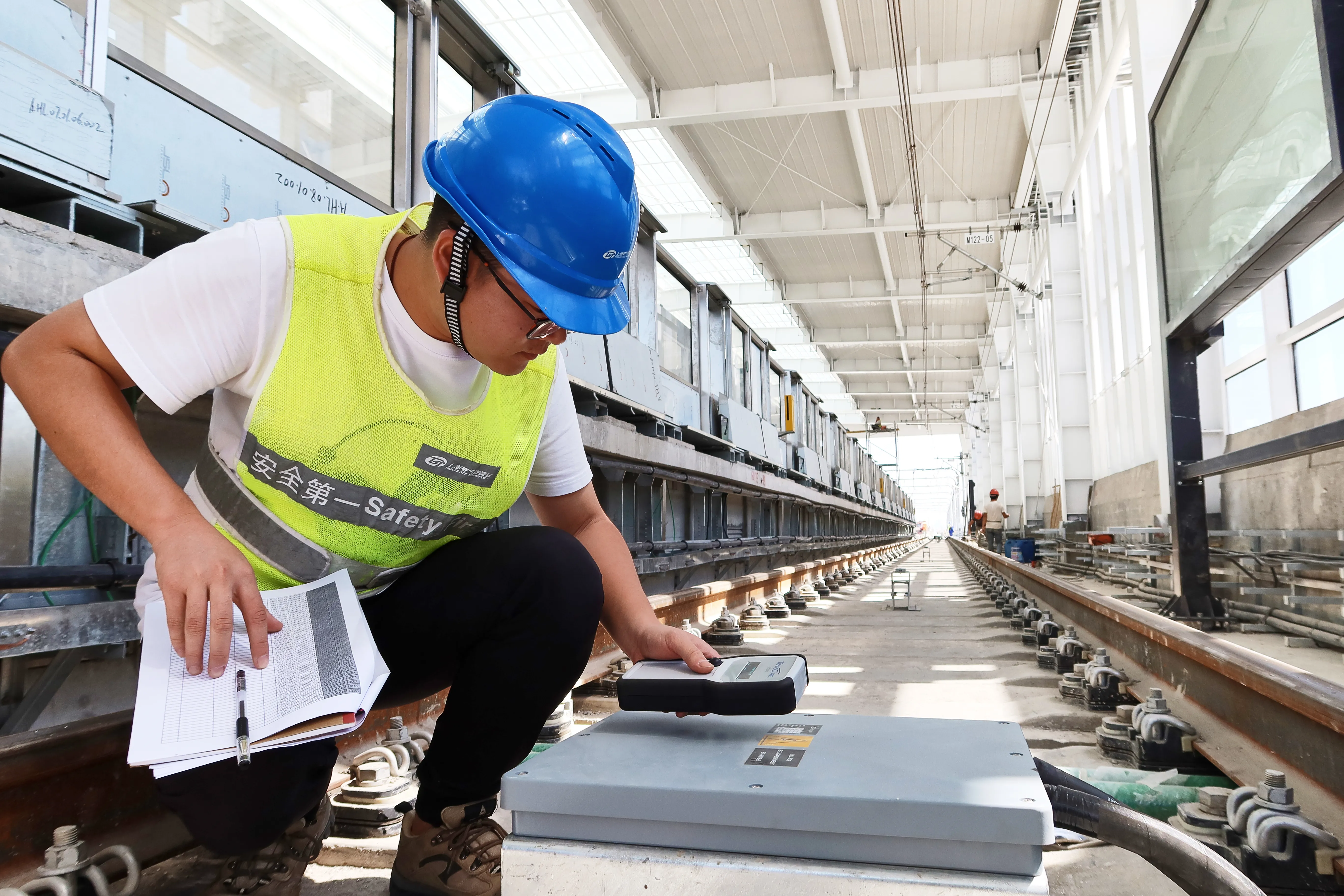After years of delays and cost overruns, the newly built US$6.4 billion eastern span of the San Francisco-Oakland Bay Bridge opened with few problems other than the traffic snarls that were common around the toll plaza of the old span.
The single pylon suspension span replaces a structure that was damaged during the 1989 Loma Prieta earthquake. It is designed to withstand the strongest earthquake estimated by seismologists to occur at the site over a 1,500-year period.
September 5, 2013
Read time: 1 min
After years of delays and cost overruns, the newly built US$6.4 billion eastern span of the San Francisco-Oakland Bay Bridge opened with few problems other than the traffic snarls that were common around the toll plaza of the old span.
The single pylon suspension span replaces a structure that was damaged during the 1989 Loma Prieta earthquake. It is designed to withstand the strongest earthquake estimated by seismologists to occur at the site over a 1,500-year period.
One of the busiest spans in the United States, the single-towered, 634 metre long self-anchored main span is more than twice the length of the previous record holders, Japan's Konohana Bridge and South Korea's Yeongjong Grand Bridge, according to the Structurae engineering database.
It has been completed six years behind schedule at five times over budget. It will be used by some 280,000 daily commuters.
The single pylon suspension span replaces a structure that was damaged during the 1989 Loma Prieta earthquake. It is designed to withstand the strongest earthquake estimated by seismologists to occur at the site over a 1,500-year period.
One of the busiest spans in the United States, the single-towered, 634 metre long self-anchored main span is more than twice the length of the previous record holders, Japan's Konohana Bridge and South Korea's Yeongjong Grand Bridge, according to the Structurae engineering database.
It has been completed six years behind schedule at five times over budget. It will be used by some 280,000 daily commuters.









